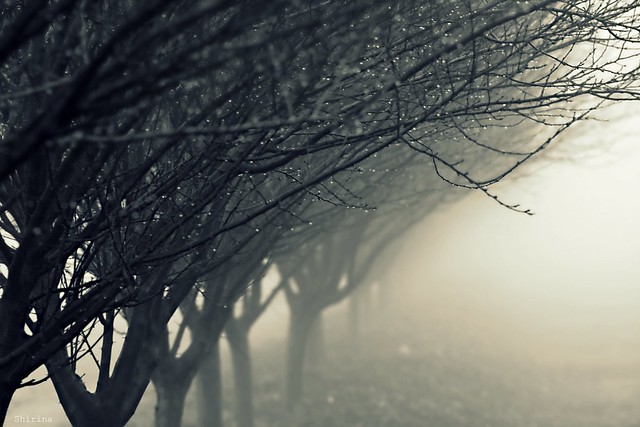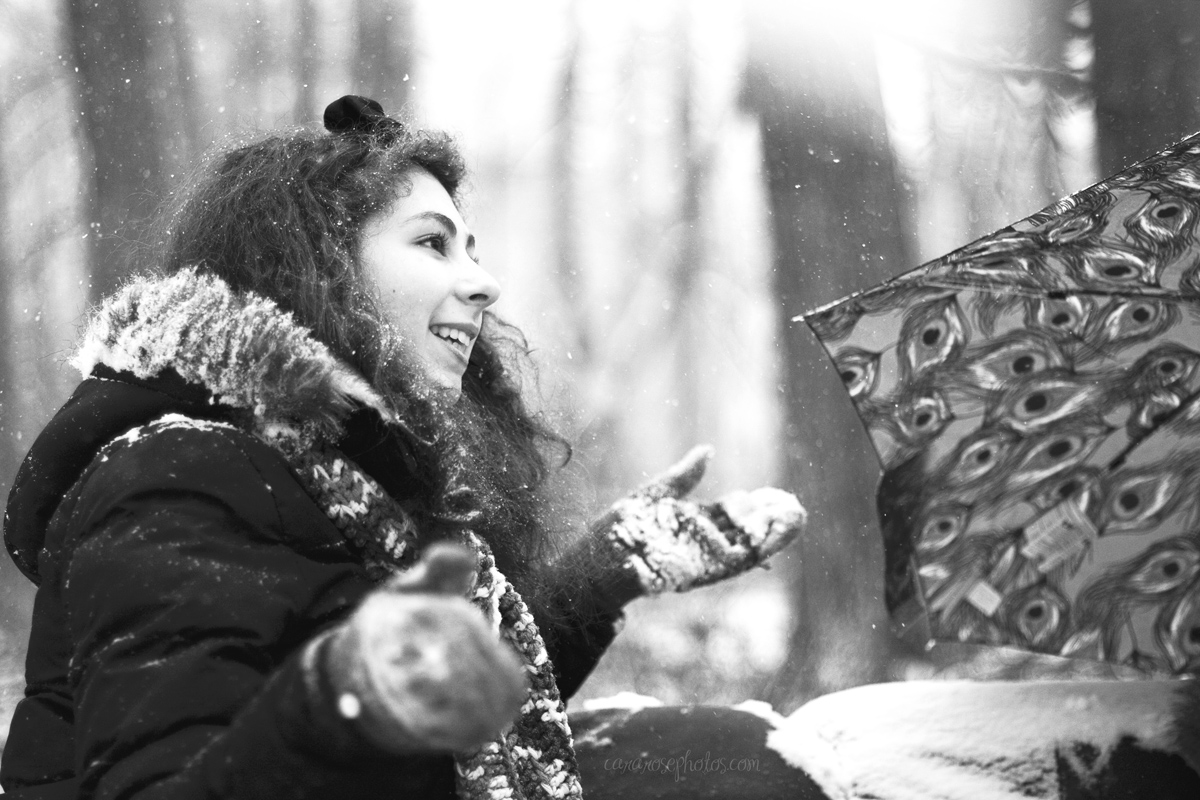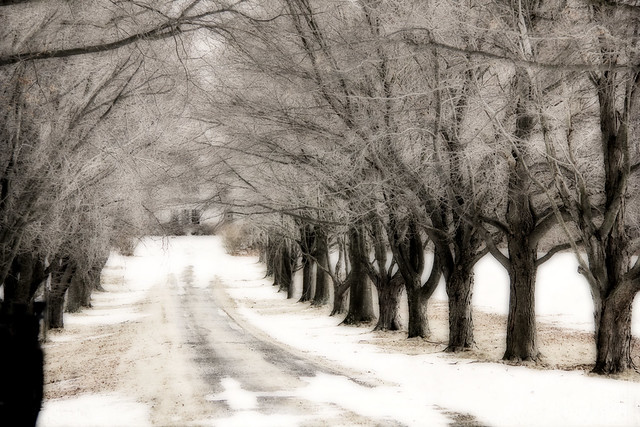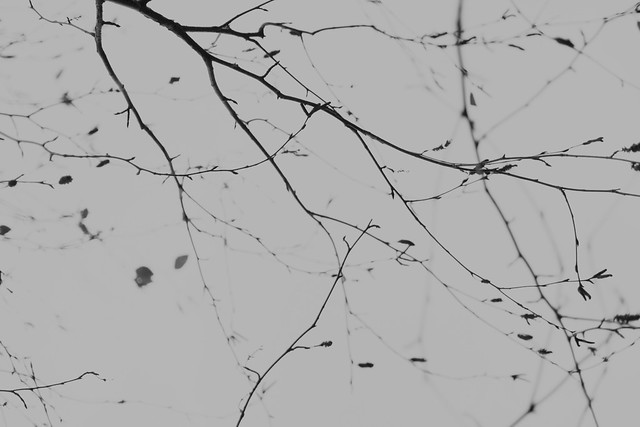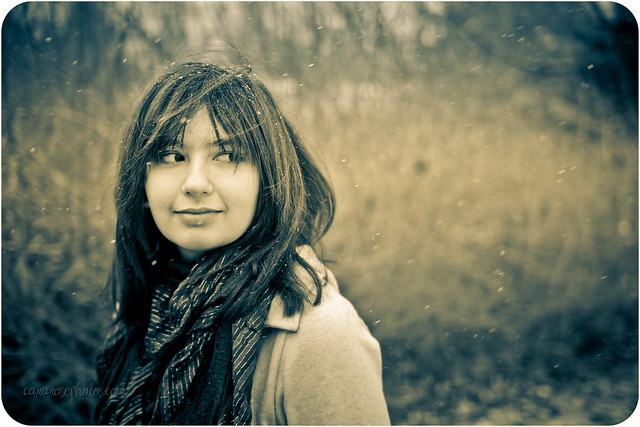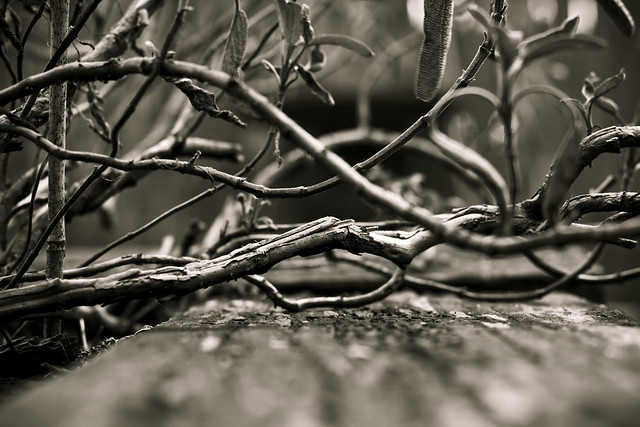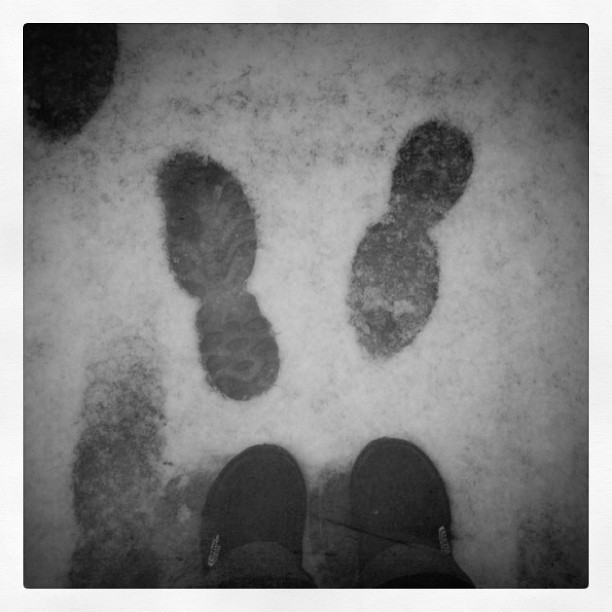When she was 38,
Eve Arnold borrowed her boyfriend's Rolleicord camera and after a six week photographic course and under the tutelage of Alexey Brodovitch, a legend was born. Eve Arnold has always been my hero. Even before I knew anything about photography, I knew about her. She was a formidable woman; a woman in what was largely a man's world. But she didn't go on about it. Taking her camera with her, she went on the road with Malcolm X, she visited seedy brothels, she travelled to South Africa and took portraits of civil-rights protestors. All subjects that male photographers would also cover, but her black-and-white portraits have something so personal and insightful about them. She was well known for being meticulous with her preparation and you really get a feel of that when you look at her portraits of Marilyn Monroe, for example. I like her colour pictures, but I like her black-and-white portraits most of all.
Having read numerous obituaries about her this week (she died on the 6th of January, just shy of her 100th birthday), it was the stories of how she touched others that reached out to me. And these words from filmmaker Beeban Kidron really spelt it out: "She taught me how to look at pictures – for metaphor, form and truth." Looking through a book of her photos this week, I could see these three ingredients resonating in Eve Arnold's work. I could also see I still have a lot to learn. But Eve Arnold is a particular inspiration to me, because she showed that you don't have to have been born with a camera in your hand in order to take good pictures — you can come to photography later in life, provided you have a good eye. As she once put it: "It is the photographer, not the camera, that is the instrument." Wise words indeed from a very wise woman. Inspired by her, I have been picking up a Rollei of my own (borrowed, in my case, from my husband), loading it with black-and-white film and trying to channel her spirit.
The Rollei is a great camera for portraits, and I have been using special "close-up" lenses that let me get really close to the subject (in the image above, my daughter Ella). I've also been using a tripod. This is very different from my usual style of photography, but that is what makes it such a challenge, and such fun — trying something new.
Andrea has also been experimenting with film, with a portrait of her daughter. You can't see all of her face and yet you get a feeling of the small moments becoming something bigger.
Which legendary black and white photographer do you find most inspirational? Go and look up more about them, borrow their books from the library or look at their pictures on the internet... and be inspired to try something new.
kirstin of
fleeting moments
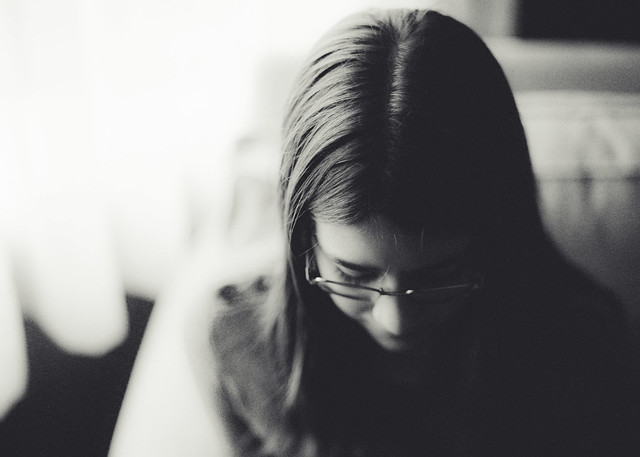
grace {25/52} by beauty_goodness_truth






